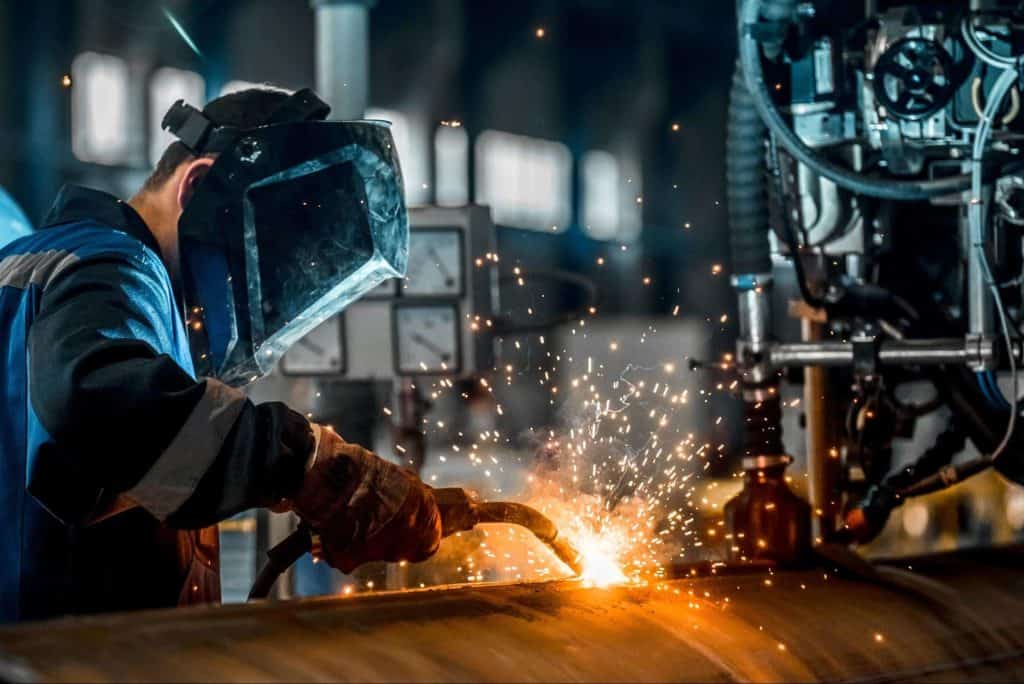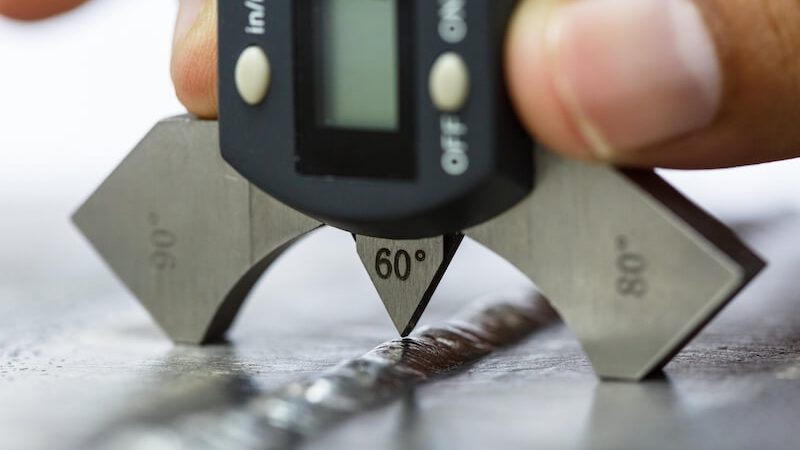How Welding Assessment Works: A Comprehensive Analysis of Approaches, Standard, and the Duty of Inspectors in Making Certain Structural Integrity and Safety And Security
Welding inspection is a necessary component in the building and construction and manufacturing markets, where the integrity of bonded joints is vital to safety and integrity. Assessors are entrusted with not only examining weld high quality versus strict criteria yet also interpreting intricate codes and criteria.
Value of Welding Examination
Welding inspection is important in making certain the honesty and security of welded structures, with researches indicating that as much as 70% of structural failures can be traced back to inadequate welding practices. This highlights the significance of methodical inspection procedures throughout the welding lifecycle, from prep work to completion. Efficient examination not only determines defects before they rise right into considerable concerns yet additionally guarantees compliance with market criteria and laws.

The function of welding inspectors prolongs beyond plain top quality control; they are essential in guarding public safety and security and lessening responsibility for organizations. By carrying out rigorous examination procedures, companies can discover problems such as incomplete blend, cracks, or too much porosity, which can jeopardize the total stamina of a bonded joint. Ongoing training and certification of examiners contribute to the overall top quality guarantee in welding operations, promoting a culture of safety and security and quality.
Furthermore, welding examination plays an essential role in keeping operational efficiency. Identifying flaws early in the procedure promotes prompt corrective actions, decreasing expensive rework and project hold-ups. Inevitably, a durable assessment structure serves as a foundation for trusted and resilient bonded frameworks, ensuring they meet both functional and safety and security requirements.
Typical Evaluation Approaches
Just how can one make sure the quality of bonded joints throughout the examination process? The execution of different examination approaches is essential in evaluating weld honesty and recognizing possible flaws. Common methods consist of Visual Assessment (VT), which is usually the very first line of protection, enabling inspectors to discover surface problems such as splits, porosity, or incomplete blend by aesthetically evaluating the welds.
Ultrasonic Checking (UT) is one more widely made use of strategy, utilizing high-frequency acoustic waves to determine internal issues within the weld. This technique is specifically reliable for finding problems that are not visible to the nude eye. Radiographic Testing (RT) uses X-rays or gamma rays to develop photos of the weld, allowing the recognition of volumetric defects, such as inclusions or gaps.
Magnetic Bit Evaluating (MT) and Fluid Penetrant Examining (PT) are likewise famous approaches, concentrating on surface area flaws. MT depends on electromagnetic fields to reveal surface and near-surface stoppages, while PT entails using a liquid color to highlight flaws. Each of these approaches serves a distinct objective, making sure the detailed assessment of welded joints and safeguarding structural stability and safety.
Criteria for Assessing Welds
The assessment of welds is assisted by a collection of established criteria that make certain both capability and security in bonded structures. These criteria incorporate various elements, consisting of weld dimension, profile, and infiltration, which must satisfy defined standards. Compliance with market codes, such as those set by the American Welding Society (AWS) or the American Society of Mechanical Engineers (ASME), is necessary in figuring out the acceptability of a weld.

Weld metallurgy plays a vital duty; the examination considers the combination high quality in between base and filler materials, along with heat-affected areas. Finally, the general mechanical residential properties, consisting of tensile stamina and ductility, must fulfill the needs developed for the specific application. Collectively, these requirements guarantee that welds not just meet visual requirements yet additionally perform accurately under functional conditions.
Duty of Welding Inspectors
A welding assessor's competence is crucial in making certain the honesty and top quality of welded frameworks. These experts play a vital function in the fabrication and building and construction process by validating that welding procedures stick to established requirements and standards. Their duties incorporate an extensive series of jobs, consisting of visual evaluation of welds, reviewing welding documents, and conducting non-destructive testing (NDT) approaches such as radiographic or ultrasonic screening to recognize flaws.
Welding examiners are additionally in charge of analyzing welding codes and criteria, ensuring see that the welders are qualified which the materials utilized fulfill the necessary demands - Houston Welding Inspection. They need to preserve precise records of inspections, which offer as documents of conformity and top quality guarantee. These examiners frequently work together with designers and job supervisors to attend to any type of concerns that develop during the welding procedure, offering recommendations for restorative activities when required.
In addition to technological skills, efficient interaction is vital, as welding inspectors should communicate findings plainly to stakeholders and facilitate training and support for welders. Inevitably, their role is integral to preserving security and reliability in bonded frameworks, adding significantly to the general success of building and construction projects.

Challenges in Welding Inspection
What barriers do welding examiners face in their important role? The complexities of modern-day welding strategies and products present significant difficulties for examiners entrusted with making certain compliance with safety and security standards and architectural honesty.
Additionally, assessors frequently run into variations in worksite conditions that can hinder inspection processes. Factors such Read Full Report as ecological problems, accessibility, and the physical state of the welded frameworks can make complex thorough analyses. Time restraints enforced by project routines can additionally pressure inspectors, possibly affecting the thoroughness of their evaluations.
In addition, the subjective nature of some evaluation techniques can lead great post to read to incongruities in evaluations. Visual inspections may differ based on the inspector's experience and point of view.
Final Thought
Welding assessment is crucial for maintaining architectural honesty and security in various markets. Eventually, efficient welding evaluation contributes considerably to mitigating dangers and enhancing the total dependability of bonded frameworks.
Welding inspection is a crucial part in the building and construction and production sectors, where the integrity of bonded joints is critical to security and reliability.Welding evaluation is critical in making certain the integrity and safety of welded frameworks, with research studies showing that up to 70% of architectural failures can be mapped back to insufficient welding methods. Their obligations include a comprehensive range of tasks, consisting of aesthetic examination of welds, assessing welding documentation, and carrying out non-destructive testing (NDT) approaches such as radiographic or ultrasonic testing to identify flaws.
Welding inspectors are additionally responsible for interpreting welding codes and requirements, making certain that the welders are certified and that the materials made use of meet the needed demands. Eventually, reliable welding examination adds dramatically to mitigating dangers and enhancing the total reliability of bonded structures.